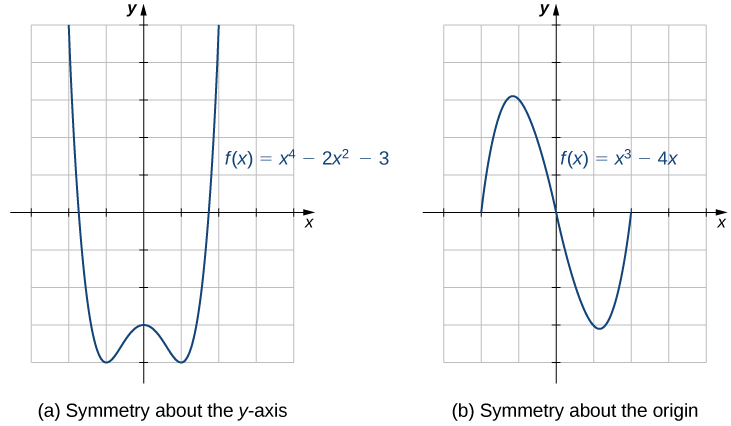| << Chapter < Page | Chapter >> Page > |
In [link] , we can see that This tells us, in general terms, that the order in which we compose functions matters.
Consider the functions and described by [link] and [link] .
| 0 | 1 | 2 | 3 | 4 | ||||
| 0 | 4 | 2 | 4 | 0 | 4 |
| 0 | 2 | 4 | |||
| 1 | 0 | 3 | 0 | 5 |
A store is advertising a sale of off all merchandise. Caroline has a coupon that entitles her to an additional off any item, including sale merchandise. If Caroline decides to purchase an item with an original price of dollars, how much will she end up paying if she applies her coupon to the sale price? Solve this problem by using a composite function.
Since the sale price is off the original price, if an item is dollars, its sale price is given by Since the coupon entitles an individual to off the price of any item, if an item is dollars, the price, after applying the coupon, is given by Therefore, if the price is originally dollars, its sale price will be and then its final price after the coupon will be
If items are on sale for off their original price, and a customer has a coupon for an additional off, what will be the final price for an item that is originally dollars, after applying the coupon to the sale price?
The graphs of certain functions have symmetry properties that help us understand the function and the shape of its graph. For example, consider the function shown in [link] (a). If we take the part of the curve that lies to the right of the y -axis and flip it over the y -axis, it lays exactly on top of the curve to the left of the y -axis. In this case, we say the function has symmetry about the y -axis . On the other hand, consider the function shown in [link] (b). If we take the graph and rotate it about the origin, the new graph will look exactly the same. In this case, we say the function has symmetry about the origin .

If we are given the graph of a function, it is easy to see whether the graph has one of these symmetry properties. But without a graph, how can we determine algebraically whether a function has symmetry? Looking at [link] again, we see that since is symmetric about the -axis, if the point is on the graph, the point is on the graph. In other words, If a function has this property, we say is an even function, which has symmetry about the y -axis. For example, is even because

Notification Switch
Would you like to follow the 'Calculus volume 1' conversation and receive update notifications?